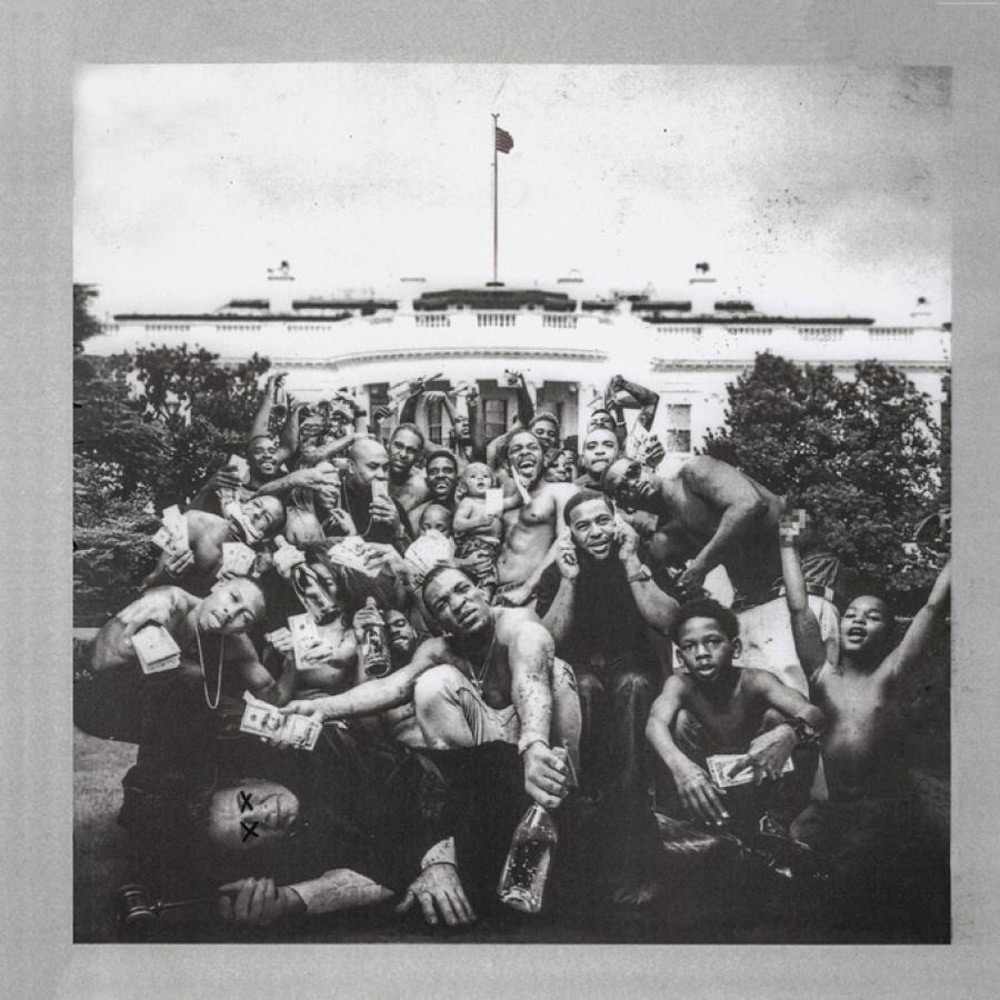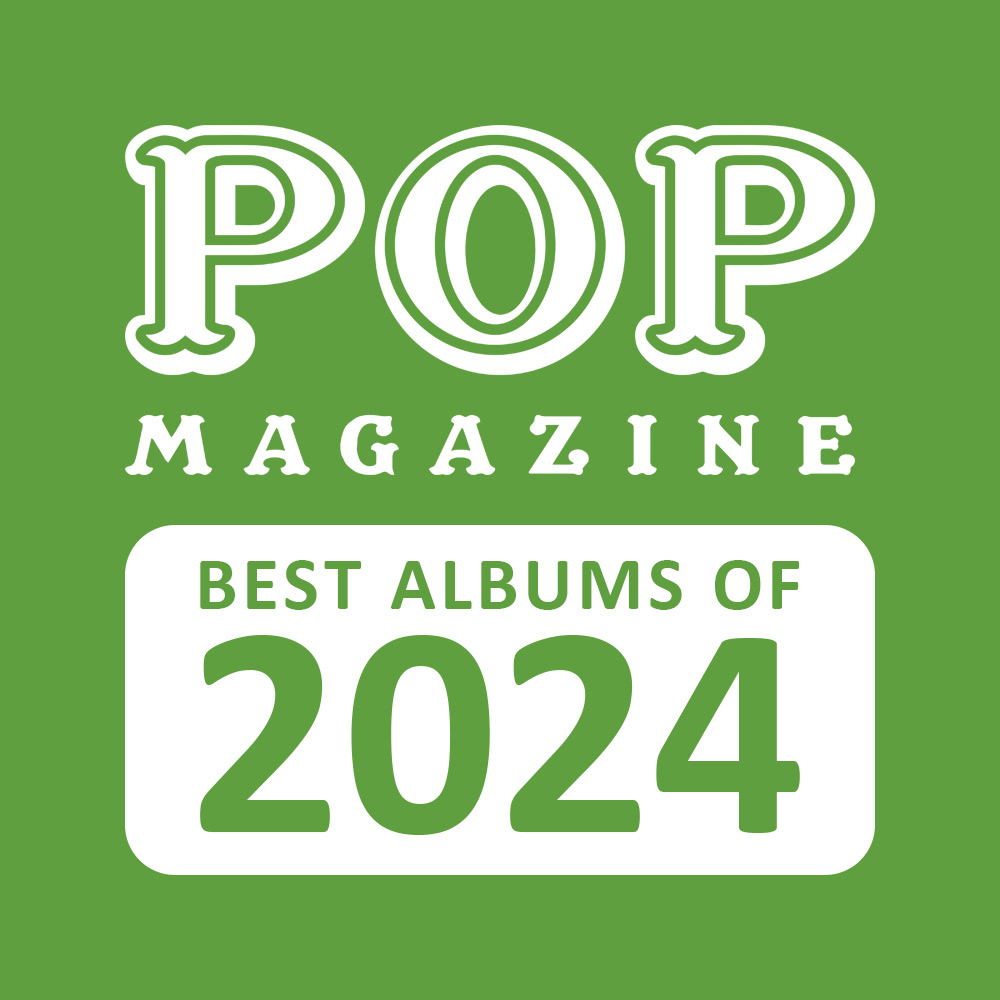Review: Kendrick Lamar – To Pimp A Butterfly

Say you took every lyric from the album To Pimp A Butterfly and printed them in a small handbook, this book would be the required reading in a life course entitled “Let’s Get Free”. The third studio album by Compton’s poet laureate Kendrick Lamar is unrivaled in its complexity and exactness on being an American born into “Blackness”. As epic as Marvin Gaye’s What’s Going On, yet wrapped in that real west coast – chucks and white tee – Cali swag, Kendrick unravels his controversial wisdom and imaginative intellect based on a reality that so many know all too well. Self-love and self-hate, triggers of psychotic episodes, suicide, lapses in moral judgment, black-on-black crime and gang violence perpetuated by government gangsterism, and the terms “niggas” versus “Negus” are just a few of the themes Kendrick focuses on with a skilled level of urgency and remarkable spirit. A follow-up to 2012’s good kid, m.A.A.d city, this new album is a mix of musical influences and recognizable vocal delivery styles. Musically, To Pimp A Butterfly is a reflection of the types of records Kendrick Lamar grew up hearing, but the instrumentation is finessed by a team with executive producers Dr. Dre and Top Dawg at the helm. Welcoming appearances by legends George Clinton and Ron Isley, the album features guest artists Snoop Dogg, Pharrell Williams, Bilal, Robert Glasper, Lalah Hathaway, and Pete Rock among other prolific contributors.
Creatively, the “Swimming Pools (Drank)” MC is in a whole different space and refuses to settle into the stagnancy of recreating what’s already peaked the charts. With this album he’s on a mission to accomplish something that nobody thought he could in music: change mindsets. He is planting the seed that can spark change in his Compton hood and neighborhoods across the nation. The OGs serving in the penitentiary inspired his whole modus operandi for this album, he’s said. Using his witty wordplay he wants to unlock that institutionalized mindset and challenge those who think they have nothing to live for, show them that there is a different way of living, and that it’s all in what one is being fed intellectually and spiritually. His first single, the Grammy Award winning “i” which samples an Isley Brothers classic, was created with this empowering belief in mind.
You can tell that Kendrick is a student of history and even sociology by the way he approaches his subject matter on songs like “Wesley’s Theory”, “Institutionalized”, and “The Blacker The Berry”. It’s hard, though, to single out the brilliance of any one song because the poetic theme is threaded so seamlessly throughout the project. “I remember you was conflicted, misusing your influence…” is a refrain that is first heard at the end of “King Kunta” and woven through half of the songs on the record, revealing more of the stanza until the full poem is heard at the end of the album. The most powerful, if not dangerous line proclaims: “Just because you wear a different gang color than mine doesn’t mean I can’t respect you as a black man… if I respect YOU, we unify and stop the enemy from killing us.” Another measure of To Pimp A Butterfly’s artistry is seen on songs like “These Walls”, “u”, “For Sale?”, and “How Much A Dollar Cost”, which exemplify the internal angst found in the depths of temptation and enticement, often at the expense of what’s honorable. Then there are songs like “Alright” and “Complexion (A Zulu Love)” that are teeming with positive mantras that will immediately shift your countenance toward healthy black-on-black love.
Released one week ahead of schedule, the album is receiving critical acclaim not only for its noteworthy compositions, but also its provocative title and cover art: a powerful image of the homies standing over an old judge TKO’d on the White House lawn. A nod to the 1960s literary classic To Kill A Mockingbird, the album’s title, To Pimp a Butterfly, as a theme is explored during a surprise conversation between Kendrick Lamar and Tupac Shakur, his biggest musical and life influence. At the end of the last song, “Mortal Man”, Kendrick engages in a conversation between himself and his mentor, who, according to Lamar, appeared to him in a vision when he was 21. During the exchange, 2Pac drops science about the poor versus the rich, destiny and faith, being met with resistance, and the burgeoning social justice war within America between those who continue to oppress and those who are fed up. Kendrick, however, has the final word with an insightful caterpillar/butterfly allegory erring on the side of the caterpillar’s unlikely resilience in surviving its mad city before transformation.
Written by Mai Perkins
Originally from Los Angeles, Mai Perkins is living a genuine bona fide love affair with NYC and the music that keeps its spirit moving. While spending the majority of the last decade in Brooklyn, many of her adventures around the globe are documented on her blog: Mai On The Move! www.MaiOnTheMove.com
Author’s rating for To Pimp A Butterfly

Pop Magazine’s official rating for To Pimp A Butterfly

Rating key
 MASTERPIECE a must-have
MASTERPIECE a must-have
 SUPERB for heavy rotation
SUPERB for heavy rotation
 EXCELLENT a great achievement
EXCELLENT a great achievement
 VERY GOOD a respectable result
VERY GOOD a respectable result
 GOOD worth checking out
GOOD worth checking out
 FAIR an average outcome
FAIR an average outcome
 WEAK not convincing stuff
WEAK not convincing stuff
 BAD an underwhelming effort
BAD an underwhelming effort
 VERY BAD quite a waste
VERY BAD quite a waste
 FAIL a total failure
FAIL a total failure




















FABULOUS album review! While I have not listed “To Pimp a Butterfly”, I have read several other album reviews and countless discussion blog comments. Based on what you have articulated, your summary captured the essence of K-dot’s intent of the album without having to interview him. Your comparison to Marvin Gay’s whats going on is totally symbolic of the times we are living and exactly what seems to be the point of his artistic expression. You have made me decide to figure out how to connect to Spotify (could get logged on) and certainly pay the $10 bucks to listen to what is being considered a musical Masterpiece. Thanks for sharing!!!